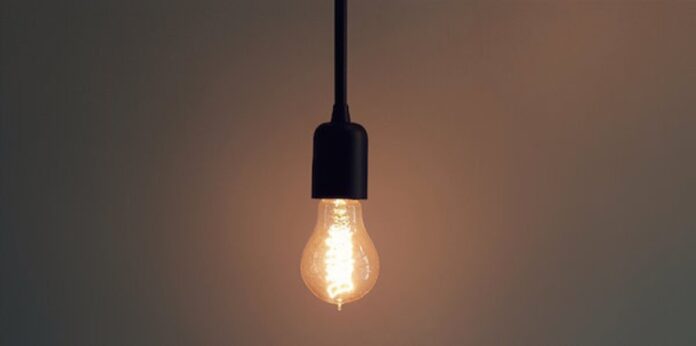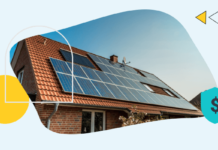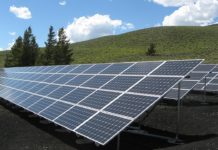Modern homes need light in many forms for convenience and safety, but there is no denying that they can cause issues. One of the biggest reasons why the incandescent light bulb was replaced by LED lights, for example, is environmental safety. Having a sustainable light source that also offers brightness and efficiency is a huge boon to any modern household. With that said, you can always make things better, and there are plenty of solutions to choose from.
It’s worth pointing out that while sustainability does require you to make some compromises, this does not mean sacrificing everything. You can still have a fashionable and trendy home or office while still using sustainable lighting solutions. The trick is to focus on methods to reduce harm while also being fashionable, creative, and resourceful. Using LED neon signs to decorate your room, for example, won’t be a problem if you get it from the right sources. Want to buy right away? Buy here. Below are a few sustainable lighting solutions for you to consider:
Not Bright All the Time
You don’t need your lights to be bright all of the time since you could make do with dimmer lights. Lamps, reading lights, glowing fixtures, and more can be used as viable examples of having enough light to function. Thinking about it rationally, using bright lights should be limited to when you have some company or when performing certain tasks. The former because you want to provide a warm atmosphere and the latter because you want crystal clarity.
If you are in your room reading a book, listening to music, or watching something on TV, bright lights are not needed. In fact, you could function well enough when you have gentle and subtle lighting like doing house chores or eating. During the day, it would be a lot better to use natural light while at night, dimmer lights can still work. You might need to get used to the new situation, but you will acclimatize soon enough.
Turn Some Lights Off
Even if you have lights in every corner of your home, you should not switch them all on all the time. In fact, depending on where you are or what you are doing, you can turn off most of the lights. On top of helping you save energy, this can also be a way to reduce the impact on the environment. Fewer lights mean less emission of greenhouse gasses, which makes it a fair exchange.
The few exceptions where you might need to turn on most of the lights is during parties or special occasions. The rest of the time, it would be better to turn off the lights in the corner, the porch, the yard, and any unused room. This might cause some inconvenience on your part, but it is a necessary measure for a more sustainable lifestyle. Do this enough times and it will become a habit and you won’t even mind the situation anymore.
Energy-Efficient Bulbs
It should go without saying, but if you are going to use a light bulb, make it energy-efficient. LED is your best option here because it reduces your energy consumption by a lot. At the same time, it provides you with a considerable level of brightness. Some LED lights can almost have half the brightness of the sun, but you shouldn’t need those. That is unless you are running a business like a workshop where super bright lights are needed for projects.
There are also different types of LED lights that can differ in brightness, color, structure, shape, and purpose. LED lights can be used to illuminate homes, improve image capture by cameras, highlight certain areas for work, and more. LED lamps will often be dimmer than their ceiling or wall bulb counterparts, as well. This is not even mentioning outdoor lights such as intruder lights or garden lights.
Bright, White Walls
Instead of relying on your lights alone to brighten your home, why not use surfaces to enhance the luminosity? This is where you can paint your walls, floor, and ceiling white or bright colors to reflect the light. This is helpful because it can then reduce the number of bulbs you need to keep on without reducing brightness. Aside from painting the walls, though, you could also use other methods like wallpaper, paintings, upholsteries, curtains, and more.
If it can reflect the light that your bulb is giving off, it will minimize the number of lights you need. Making your furniture, appliances, and other decorative implements reflective would help you achieve the same effect, as well. This option is suited for smaller homes with tighter spaces best because one light bulb can reach more surfaces. Depending on how far you take this, one LED light with average lumens levels could be enough for an entire apartment.
Using Dimmers
There are now affordable, reliable, and efficient dimmers on the market that you’ll want to get for your home. They are useful for keeping your energy costs down but their biggest benefit is automation. You don’t have to be the one to keep rooms at the perfect level of illumination to function. This is done for you, which would then allow you to focus your attention on other things.
Dimmers work by lowering the light’s voltage waveform, which then results in the reduction of the light’s intensity. It’s worth noting that installing dimmers is best done by professionals to get it right. If you prefer, though, you could do it yourself as long as you have the right skills for it.
Conclusion
As useful and as essential as light has become in modern society, we should not ignore its impact on the environment. It’s fortunate that there are methods available to you to make lights more sustainable and efficient.








